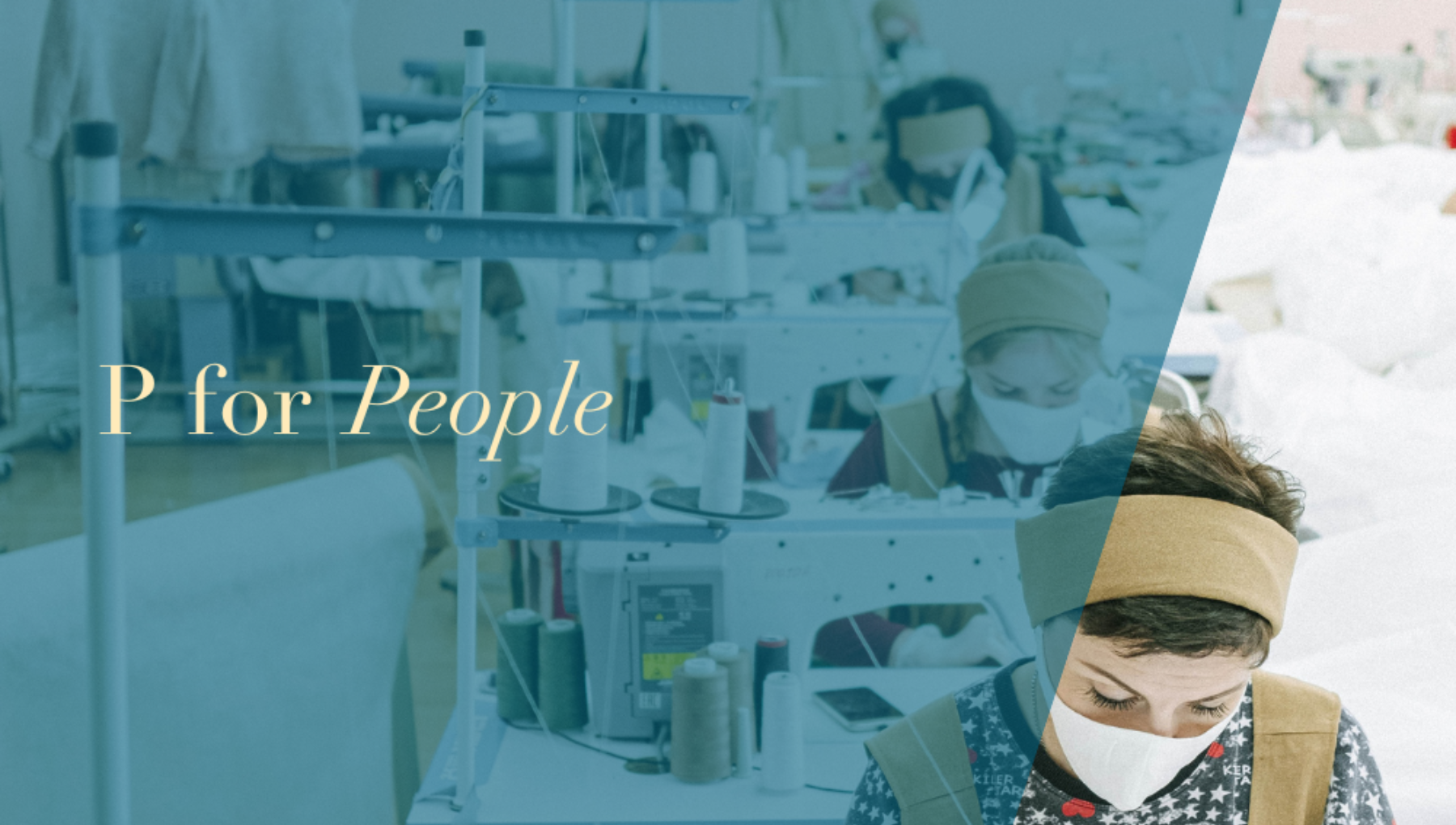Driving Sustainability Through Social Innovation


By Silvia Gambi, Journalist
The textile industry is one of the most labour-intensive industries in the world. Behind every garment we wear, there are people with their own stories. Fashion’s supply chain spans the globe and crosses many borders. The recently concluded Global Fashion Summit in Copenhagen offered an opportunity to reflect on the fashion industry’s progress over the last 15 years since the Summit began. It has since become one of the main events dedicated to the topic of sustainable fashion.
People have been the real revelation of these years of commitment and activism, playing important roles as protagonists in two different ways. Since the Summit’s inception, people have worked to highlight and address important social and environmental issues in fashion, bringing these topics to the forefront of industry debates and public discourse. Social innovation has played an important role in this journey of awareness and will continue to be crucial in guiding the industry towards a sustainable and circular transition.

The storytelling of sustainable fashion began with a focus on the planet, with ‘saving it’ as the main objective. However, when it came time to establish the actions necessary to implement this ‘rescue operation’, the situation became more complicated. If storytelling is just a slogan, it quickly proves insubstantial.
‘People’ must be placed at the centre of the narrative, without diminishing the importance of environmental aspects of production. Being aware that what we buy can impact other people, unknown to us but affected by our choices, is the key to change: once we become aware of this, there is no turning back. When a garment becomes the sum of the actions of many people, it becomes necessary for aesthetics and ethics to be closely intertwined.

The role of social enterprises within fashion is very important: these experiences can help solve complex problems, while also communicating the values of positive leadership that can take hold in the sector. This approach can propose more effective, sustainable, and above all, fair solutions compared to more traditional methods. The objective is to respond to collective needs, create a positive social impact, ensure wellbeing, and bring us closer to the concept of ‘fair fashion’ which aligns with the goal of many European policies.
Profitability and sustainability can coexist, creating a new way of doing business, although seeing this relationship can be difficult for those with a traditional approach. Social entrepreneurs are driven by their vision to create positive impact, effect systemic change, and minimise social and environmental damage during the production of goods and services. The fashion production chain is very complex, making it difficult to enact such a radical change with so many actors. Yet there are forms of collaboration that can stimulate change.
In recent years, real change has come about through organisations working to raise consumer awareness of responsibility issues and companies focusing on new working models. When the market asks different questions, the answers also change.

A commonplace narrative must be shattered: it is often thought that investing in a sustainable alternative has very high costs, and that the only way to stay competitive is to reduce costs. The average family invests less in clothing today than they did 30 years ago, in proportion to the incidence of these expenses on their salary. The market has convinced itself that consumers want to spend less, but social innovation can provide more value for money in purchases, which can also translate into the decision to spend more on an item of clothing. Provided, of course, that the number of garments in the wardrobes is reduced, combatting overproduction.
Focusing solely on cost forces brands into short-lived relationships with suppliers, evaluated only on monetary terms; however, the transformation of the industry requires investments in sustainable and mutually beneficial practices that will prove more valuable in the long run. Supply chain controls that are limited to checklists based on documents and compliance fail to be effective in establishing the real health of the supply chain. Investing in social projects aimed at ensuring the well-being of workers is imperative.
Furthermore, companies’ risk being unattractive employers for young people, who want to engage in workplaces that align with their values and purpose. Social innovation attracts talent and motivates employees to contribute to change. The fashion industry needs young people.
At the Summit in Copenhagen there were so many people eager to collaborate, listen, and commit to changing things. Sometimes we forget how much positive energy can flow from a group of people willing to act in a common direction. This is the most transformative force we can bring to bear, where each individual is proud and willing to contribute.
Presented by Global Fashion Agenda (GFA), the non-profit accelerating the transition to a net positive fashion industry, the forum was held at the iconic Copenhagen Concert Hall, with side events hosted at prestigious cultural venues around the city